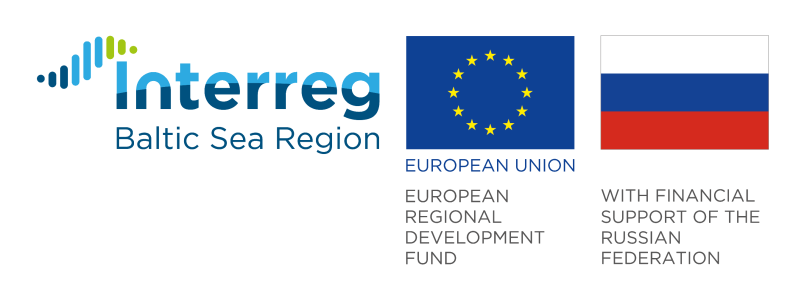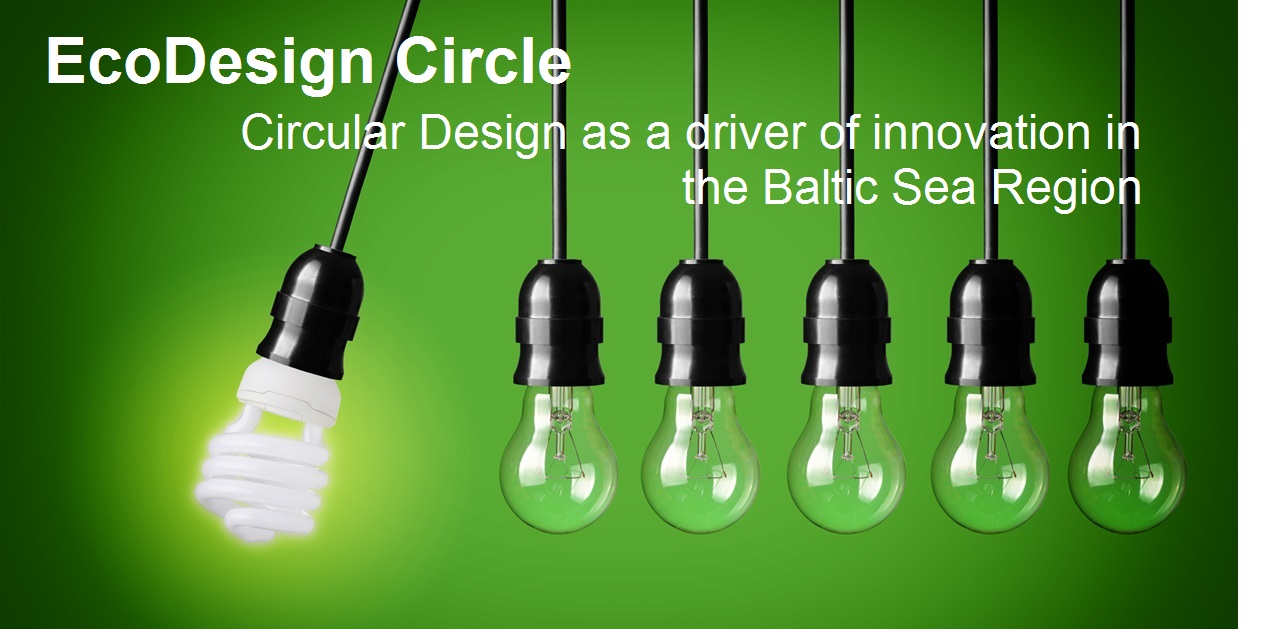On the 9th September 2020 an online audience tuned into the Design Forum Talk about circular economy. Businesses got the chance to introduce themselves and their ambitions to pave the way to a circular and sustainable future. The Talk was hosted by Design Forum Finland and facilitated by Katja Lindroos, CEO of Urban Practice in Finland. Petteri Kolinen, CEO of Design Forum Finland, set the frame by presenting their mission for 2020: Producing ecological, social and financial value with the help of strategic design. This should especially respond to customer needs of the future, which include genuinely values-based behaviour from companies. Out of this trend, a new competitiveness should evolve between companies, who have to create a new kind of value to stay on the market.
Designing business ecosystems
First to talk at this event was Nina Kopola, Director General of Business Finland. The organisation is part of the Finnish government and is responsible for the funding of innovation, trade, investment and travel promotion. Kopola sees sustainability as an opportunity for creating new innovative businesses to compete with each other.
Business Finland is building associations of different companies and is tackling several ecological issues by financing innovative projects. “Ecosystems”, as Kopola calls them. One example is the project “Telaketju”, which is an ecosystem with a closed loop model that integrates several businesses in collecting, sorting and recycling textiles, e.g. making furniture out of old work wear. In terms of sustainable alternatives for cotton, Business Finland supports Spinnova, an innovative Finnish company that produces textiles out of pulp from FSC certified wood.
Durable outdoor furniture design + Allemannsretten = Vestre
Romy Rawlings, UK Business Development Manager for Vestre, represented the family-owned business based in Norway, which produces outdoor furniture for public places. Based on the Scandinavian “Allemannsretten” (= “everyman’s right” to enjoy nature and roam freely on uncultivated land) the brand aims to bring people together. Regarding circularity, Vestre aims to keep their furniture in use as long as possible through durable materials and by offering warranties. One successful example is the furniture at Times Square in New York. Previously needing to replace about 365 chairs per year due to enormous usage, they have to replace only one of Vestre’s. As a last step in its lifecycle, the furniture is fully recycled.
Vestre opposes hostile design, like benches with spikes to prevent people from lying down. The company states that their furniture is made for people and everybody can use it the way they like. Nowadays trust and social cohesion are rare and should be encouraged rather than prevented.
Vestre is currently building the world’s first circular furniture factory in Norway – “the Plus”.
Designing digital services à la Scholz & Volkmer
The next speaker tuned in from Wiesbaden in Germany. Peter Post is Managing Director of the creative agency for digital brand management Scholz & Volkmer (S&V). Since 2010, S&V has developed into a more sustainable agency, not only in terms of their choice of clients but also internally with its employees embedded in their city surroundings.
On the agency level, they publish sustainability reports and have turned their company carbon neutral since 2010. Scholz & Volkmer employees are challenged and incentivized to work and live sustainably. One example is the agency’s own water brand “158”. The name stands for the amount of carbon dioxide (g CO2 equivalents) per bottle saved by drinking tap water. Instead of buying bottled water, the company encourages its employees to drink tap water by using the glass bottles of this S&V brand. Post highlights the importance of working inclusively with employees in changing processes.
S&V see the city as their lab, taking responsibility as citizens through political and social engagement. To highlight the issue of bad air quality in many cities, including Wiesbaden, one S&V project saw nitrogen dioxide indicators mounted on tree branches that glowed red when the safe NOx-level was exceeded and green when it was sufficiently low. Every passerby was able to see at a glance how bad the air quality currently was by looking at the tree (in Wiesbaden it glowed red for most of the time). As an awareness-raising exercise, this was highly effective in its simplicity.
Further examples of the agency's innovative approach to sustainability promotion include its "Radwende" mobile app collecting data on frequented cycling, a locally-sourced online shopping and delivery service (Kiezkaufhaus) and a digital product designed to extend the useful lifetime of e-bikes.
The timeless design of Mari’s dress
The Finnish lifestyle design company Marimekko is a brand already well known for its bold patterns and strong colours. What is really sustainable about the brand is their timeless design. Saara Azbel, Sustainability Manager at Marimekko, emphasizes that the goal is for every piece to be appreciated and passed on over generations. To make that possible, the garment is designed to be durable and does not follow fashion trends. Marimekko also gives instructions for washing and caring for the products, so that they have a long life.
In terms of materials, they work together with other businesses like Spinnova and Ioncell*TM* to develop fabrics and colors that are fully biodegradable. Recently they partnered with Natural Indigo Finland, which gets its classic Indigo colour from a native Finnish plant rather than synthetic dye.
Royal redesign of indoor furniture
Another good example that comes with a known brand is Royal Ahrend. The Dutch furniture company is transitioning to a circular business model. Rick Veenendaal, Manager for Circular Economy, is responsible for this transformation and points out the difficulties this poses for such a traditional brand working in 19 countries.
The focus of Gispen and Ahrend is on office environments. With a new design approach, they are producing diverse and durable office furniture from recyclate. For instance, their improved sofa model “Sett CE” is based on the original “Sett” sofa and is made out of 95% recycled materials. The modular design enables the reuse of parts of products. Ahrend makes sure that all new materials are renewable and locally sourced. They want to customers to know how sustainable their products are.
Design of a zero-waste approach … and activism!
The last business of the Talk started out with one man and a few climbing carabiners – it’s the story of Patagonia. The brand, well-known to everyone who appreciates durable outdoor clothing, was founded by Yvon Chouinard, who started selling hand-forged climbing gear and later clothing. CEO Ryan Gellert told us about the developments of the company over the last two years towards more sustainability. Their approach towards circularity is called “Worn Wear” and involves different principles that people might know from the zero-waste lifestyle: Reduce, Repair, Reuse and Recycle. Patagonia emphasises the reduction of unnecessary consumption by running campaigns such as the “Don’t buy this jacket”- ad campaign that was first launched on Black Friday in 2011. The company also runs the largest repair facility in the US where they repair about 75,000 products per year. The repair is free of charge and can also be done in every Patagonia retail store. Tackling the reuse aspect, they take back unwanted Patagonia pieces, fix and resell them as second-hand garments. Considering the end of life of products, Ryan Gellert emphasized, that recycling is deliberately the last step. “We are under no illusion that we can […] recycle our way out of this problem”. That is why the partnership with customers, encouraging them to think twice before buying something, is one of the key aspects of the business. Answering a question from Peter Post, how Patagonia gets its customers to participate in their Worn Wear program, Gellert answers that accessibility and communication is key. The process of repairing, renting and returning a product should be as easy as purchasing a new one.
With their mission statement “We’re in business to save our home planet”, Patagonia is involved in environmental activism, which is quite unusual for a clothing brand. Standing up for the protection of wild places like the last free-flowing rivers and supporting grassroot activists are only a few measures they take to make the world a better place.
Be authentic, start small, stay committed
To “close the loop”, Petteri Kolinen, CEO of Design Forum Finland concluded the Talk by emphasising the importance of the customers’ needs, the value in products for design strategies and his interest in the design language presented, reminding the audience that the strategic level that comes with sustainable design is not to be underrated.
As the event came to a very inspirational ending that was simultaneously only a beginning. We were shown that it is possible to connect design, sustainability and the economy. Every guest of this event presented their own way of dealing with the transition to a more circular economy. From Nordic principles and the aim of bringing people together to creating business ecosystems: there is a whole range of opportunities to make the world a little better. How to start a sustainable business? Be authentic in your principles and in creating shared value. Start small, meaning, start with your immediate surroundings, with your employees, your city! And stay committed, even if it’s difficult sometimes. Everyone working towards circularity is part of the sustainable solution, that makes the future world go round.
Author: Carolin Fischer


